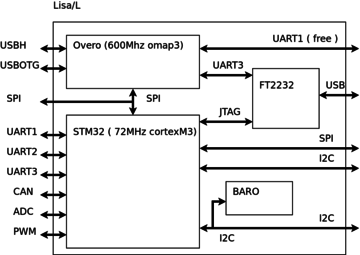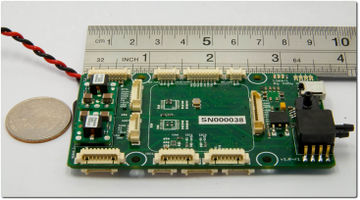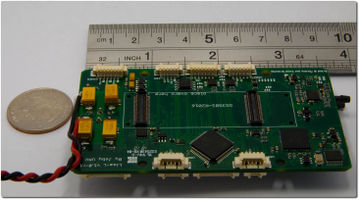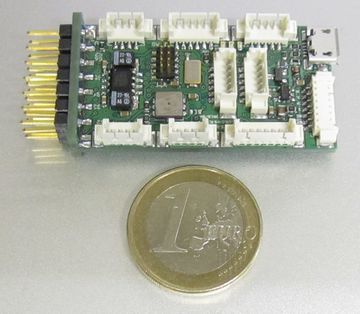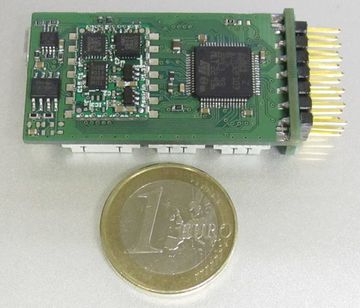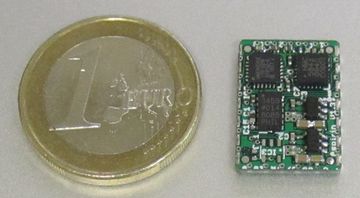Lisa
Lisa ( the Lost Illusions Serendipitous Autopilot) is a new range of autopilots based on STM32 microcontrollers ( CortexM3@72Mhz ) designed to run Paparazzi. There's no such thing as a perfect autopilot, only autopilots adapted to a particular purpose. This is the reason why Lisa comes in different flavors for different usages.
The first members of the family are:
- Lisa/L, a design where the STM32 is associated to a gumstix Overo.
- Lisa/M, a design focusing on cost and simplicity.
Lisa/L
Description
Lisa/L is a dual processor board autopilot designed to allow the possibility of using Linux for Paparazzi airborne code.
Documentation
The documentation about Lisa/L has been split in two: You can have a look at the User/LisaL user manual or the Dev/LisaL developer manual or look at pictures on the LisaL_Gallery gallery page.
Lisa/M
Description
Lisa/M is a 50*25mm single processor board, with 7 full size servo connectors. This board is about the size of a conventional RC receiver and features a footprint for an aspirin IMU and an affordable barometer. Intended usages range from a CAN servo driver to a full blown autopilot or a flybarless heli controller.
Documentation
Lisa/M is only at the stage of prototype. Documentation will follow as soon as the board reaches production stage.
Lisa/S
Lisa/S is only a project at the moment. The focus for this design is size, weight and power consumption. The intent is to produce an autopilot suited for the smallest airframes.
For now just a CAD rendering to wet your appetite.
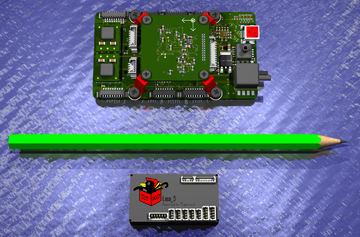
Other Additional Boards
SWITCH BOARD
It will be very useful to have a board with 4 MOSFET switches communicating with Lisa autopilot with CAN. With this board will be possible to turn on & off de power for onboard equipment like video cameras, video transmitters, etc.
I think a Tension of 5V - 12V and current of 1A máximum should be sufficient to almost onboard equipment.
Anyone interested in develop this board?
My e-mail is: azoreanuav(at)gmail(dot)com
